In a way, the U.S. Civil War isn't over; a century and a half on, issues of the war and its meaning and how to remember it are still part of American culture and politics. Given that, it's not hard to see why the Atlanta History Center calls its main Civil War exhibition Turning Point.

The exhibit is built around the idea that the war was the major turning point of the nation's history, and that the 1864 Battle of Atlanta was the turning point of the war, the moment from which a Union victory was assured.
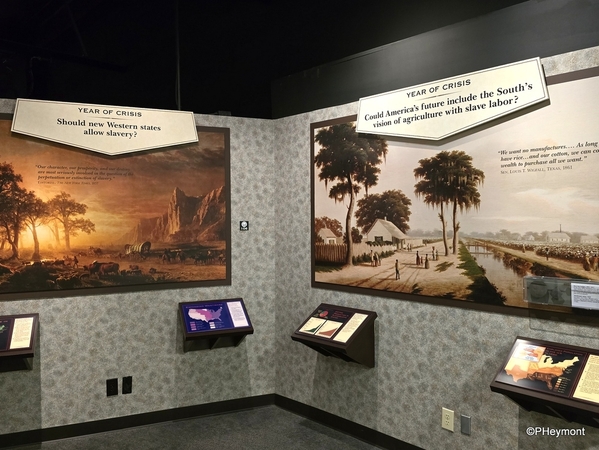
What is unusual about Turning Point is its focus not on the broadest issues, but on how people on both sides perceived the issues, what course they expected the war to take, and how their feelings, expectations and lives changed over the grueling years of the war.

The questions asked in the two images above frame the situation in 1860, at the time of Lincoln's election and the beginning of Secession by southern states. At the time, both sides expected a very short war, or even the possibility that the North would simply let the South go its own way.
By a year and some later, it was clear to all how wrong that had been; the war was growing, casualties on both sides were mounting, and it was clear that neither side had taken a strong advantage over the other. The exhibits reflect changes in mood and hopes on both sides.
Other parts of the exhibit focus on the lives of soldiers in the field: their idle hours and amusements, their living conditions, and their letters home to families.
By 1863, the circumstances had changed. Both armies still enjoyed strong support at home, although the long casualty lists, destruction and shortages led to some grumbling, disaffection and even unrest, including 'draft riots' in some northern cities. But it was also the year that the resources and industrial strength of the North began to take the forefront in the war's development.
1864 is described as a Year of Decision, true in many different ways, not least the presidential election, with Lincoln running for re-election despite a long and costly—and not clearly successful—war. Lincoln's opponent, George McClellan, was a Union general who attacked Lincoln's conduct of the war, at a time when it still seemed the Confederacy might survive.
But, Grant's Union campaigns in the West, moving up the Mississippi River and Sherman's march to capture Atlanta and then across Georgia to cut the South in half and disrupt its supplies changed the outlook, and arguably led to Lincoln's re-election; by November, it was clear that the South would lose.
Sherman's campaign was an early example of "total war," one in which not only enemy armies but also industries, railroads, crops and more were targeted. The aim was not only to cripple the army but to demoralize the population. The result was also a sharp increase in morale in the North.
The 1864 election was also the first in which soldiers in the field were able to vote; boxes like the one above were used. Soldiers dropped a colored marble representing their chosen candidate through the hole in the top; results were then entered on a ledger and sent north. Most regiments were organized by state, so that was not difficult.
By the time the last Confederate armies surrendered in April, 1865, much of the South was in ruins, and not only from the intended destruction by armies. Large areas of farms and plantations had gone untended. At the end, there were almost a million soldiers in the Union forces, and only about 75,000 still in Confederate units. Between the two sides, 620,000 had died.
The exhibit continues with the next fifteen years after the war, describing the period of Reconstruction as a 'search for meaning,' which I think is a bit disingenuous for a fairly clear-eyed museum. Less a search for meaning than a struggle over who would hold power.

In the period, with federal troops occupying the South, formerly enslaved people had opportunities for education, new rights and, for some, land of their own. And for the former planters and owners, it was a period in which they laid plans to retake control and power, and to create a new system in which their former slaves would become powerless sharecroppers.
With the final end of occupation in 1877, but even before, Southern whites began to build the myth of the 'Lost Cause,' to pass new Jim Crow laws to control the Black population and to redefine the Civil War as almost a misunderstanding between brothers. What the Union armies won in the field became less the story than the story told by statues of Confederate generals.
The Atlanta History Center does a good job in general of examining those issues, especially in the light of events in the past few years. And it makes clear that we do still need an answer to the question above.


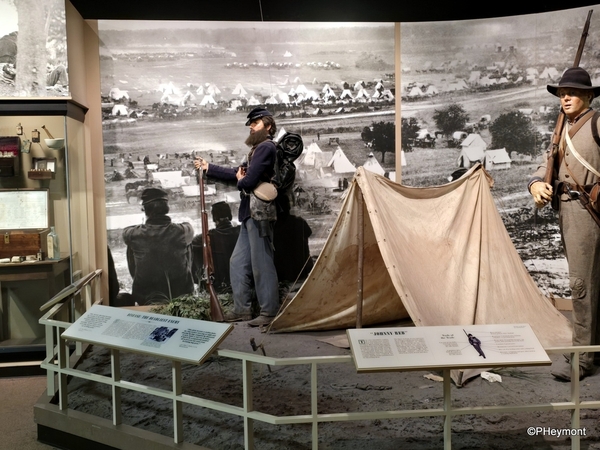

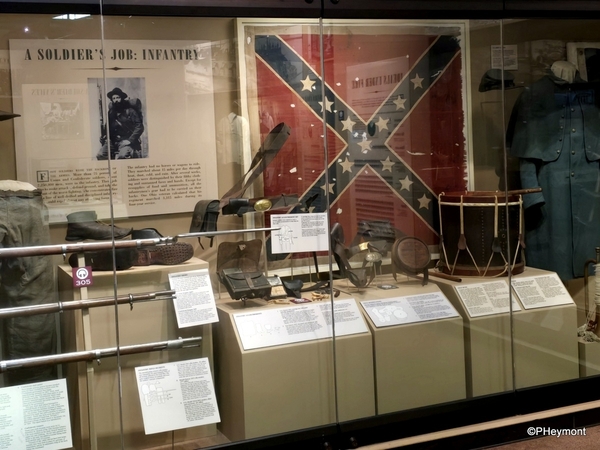
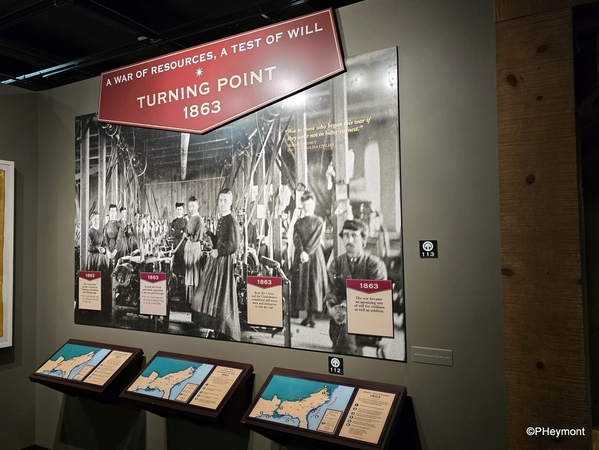


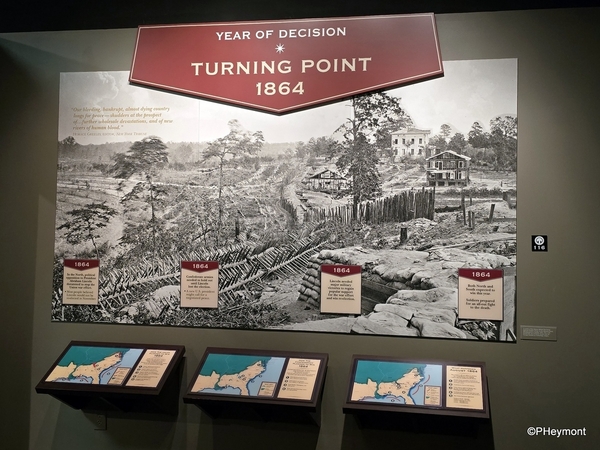
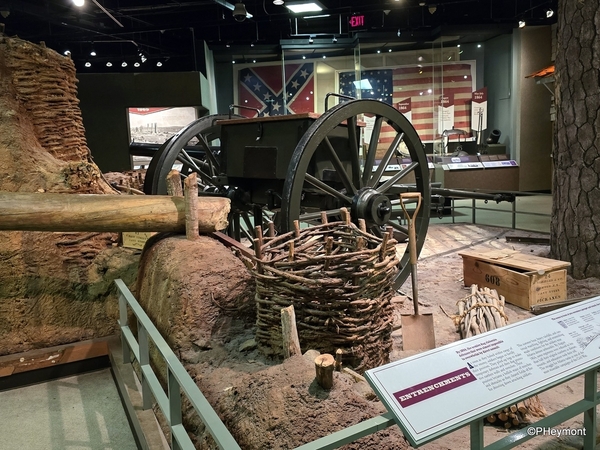
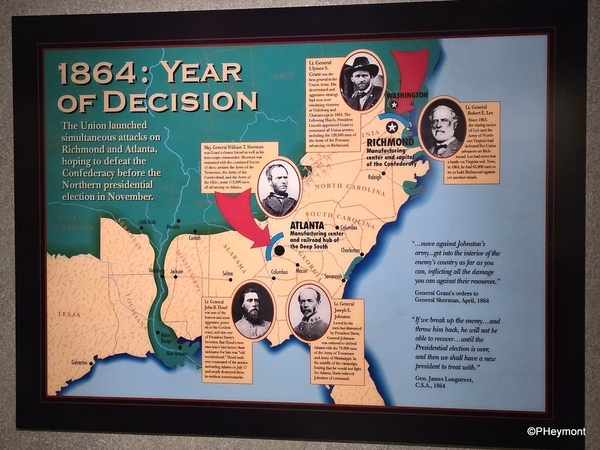
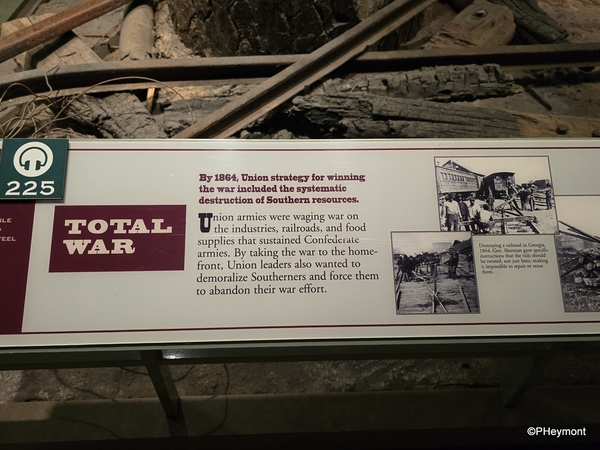


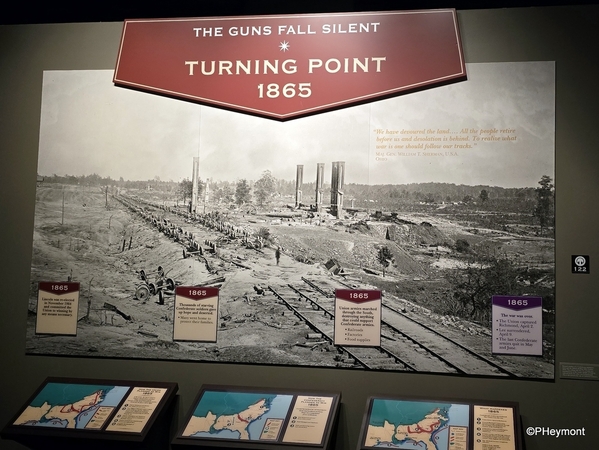
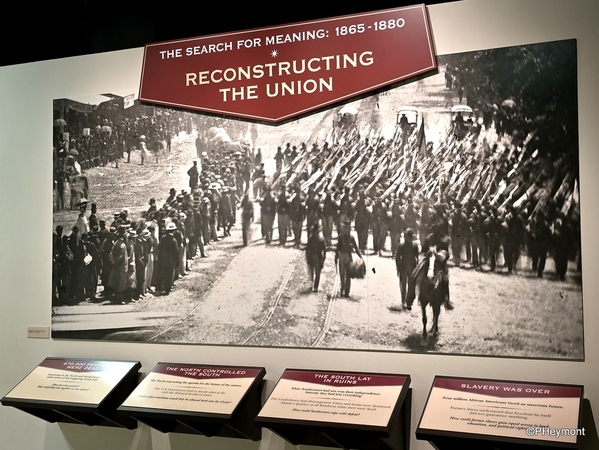
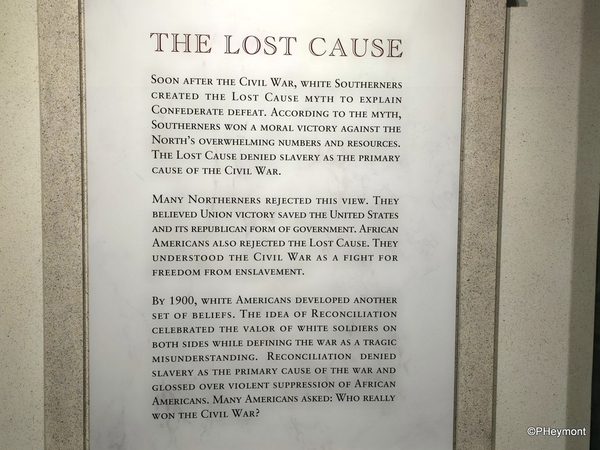

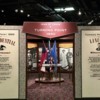


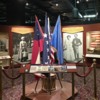
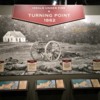





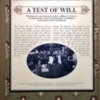






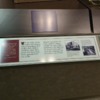

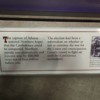
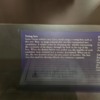

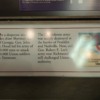



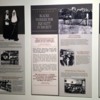
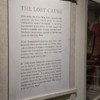

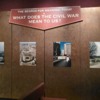
Comments (2)